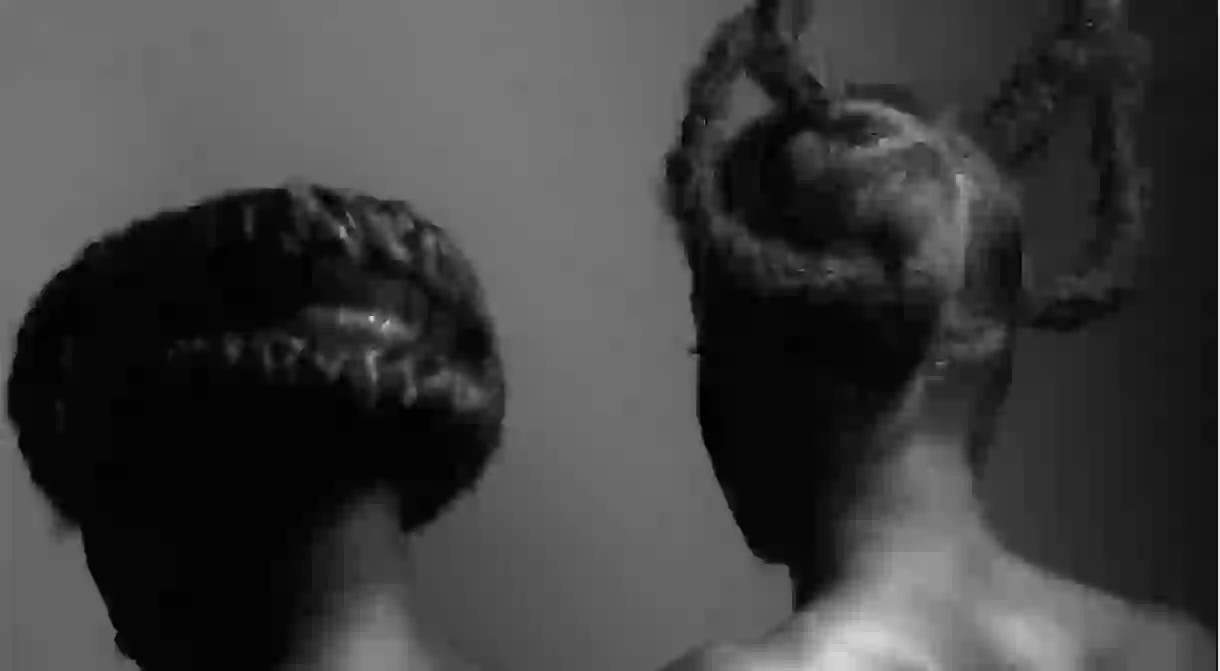[inspiring hairstyles and its origins across africa -TITLE TBC]

There’s more to African hairstyles than their obvious elaborate and attractive designs, styling, and ornamentation. However, the knowledge that remains globally insufficient is that these prominent hairstyles, which started centuries ago, were inspired by the diverse cultural and traditional beliefs of the peoples from where they originated, who sought to portray them accordingly.
As African hairstyles such as braids and cornrows continue to witness increased popularity across the globe, and issues such as appropriation in popular culture arise, it becomes pertinent to explore and understand where they came from. A key objective being to help substitute blatant cultural appropriations for appreciation. Just as with various innovative trends cutting across fashion, lifestyle, and culture that are also rooted in the continent, but have been shared with the rest of the world.
African braids
African braids (more popularly known as Cornrows) are a form of hair plaiting/weaving done to lay flat on the scalp. This intricate style notable for its geometric and often times complex designs is believed to have originated in Egypt around the Nile Valley from where it spread to other parts of Africa including among the Fulani, Bantu, Hausa, Yoruba, Maasai, and Wolof.
It is one of the oldest African hairstyles known for using its designs to symbolise the social or marital status of the wearer, especially around the fifteenth century. The Wolof men, for instance wore the traditional African braids to go to war.
Single braids
Single braids have evolved to feature a plethora of styles including box and bob hair braids. This particular hairstyle is famed for its function which transcended hair care and acts as a means of socialisation for the women who were involved in the art. Socialisation by means of hair braiding was inevitable because of the many hours – sometimes up to a day – which the routine required.
Braiding of any kind is one aspect where hair ornamentation can be appreciated, as the subsequent can be finished off with beads, cowries, clips, and so on. Also, braiding can be done with or without hair extensions.
African Threading
Nigerian photographer Juliana Kasumu delicately captures this traditional hairstyle in her famous compilation titled Irun Kiko – Yoruba translation for “threaded hair”. Irun Kiko pays homage to hair threading which originated among the Yoruba people of Nigeria. As with braids, threading hairstyles were used to depict sociocultural affluence, as some of the styles are made to resemble crowns or skyscrapers. This hairstyle involves the use of cotton, rubber, silk, or wool threads to completely cover sectioned hair from root to tip. Ms Kasumu in turn received some inspiration for her acclaimed work from a similar compilation undertaken by famous Nigerian photographer JD Okhai Ojeikere.

Twists
Twists are similar to single braids in their styling. However, unlike braids which use a three-strand format, they are achieved by taking small sections of the hair, dividing them into two, and twisting them around each other. Usually while or after twisting the individual strands around themselves. This hairstyle is believed to have originated in Senegal, hence the other popular name for them, Senegalese Twists. These are also usually decorated with hair ornaments and made with or without extensions.
Bantu knots
These outstanding knots can be traced all the way back to 17th century southern Africa among the Zulu ethnic group. With bantu knots, hair is sectioned into as many parts as desired, twisted, and then rolled wrapped around themselves to form tyre-like knots on the head. The knots are then either decorated with ornaments or jewellery, or simply left to stun in their rolled up glory.
Inspiring beauty today
Today, all of these African hairstyles can be seen making impressive ‘comebacks’ in film, television, music videos, and fashion, with recent instances such as Rihanna rocking bantu knots, and threaded hair making a big feature in Beyonce’s visual album, Lemonade, among many others. However, parallel to the joy and pride in the re-popularisation of these hairstyles is the issue of cultural appropriation which threatens to overshadow the wave.
While braiding in general can definitely trace its origins back to different civilisations from centuries ago, certain hairstyles – starting with bantu knots and ending working our way back up to African braids – are deeply rooted in African origins, thus making it impossible to ignore appropriation in popular culture.
Yet, this problem aside, African hairstyles continue to dazzle with their innovative designs and purposes, including serving as means to protective delicate black hair, or prep hair for a restyle, as in the case of twist or braid outs.













